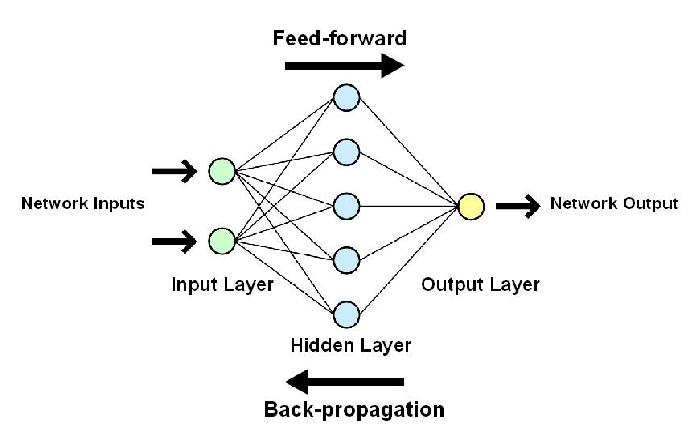Artificial neural networks (ANNs) are a type of machine learning algorithm that are inspired by the way the human brain works. ANNs are made up of many interconnected nodes, which are similar to the neurons in the brain. Each node receives input from other nodes, and then uses this input to calculate an output. The outputs of all the nodes are then combined to produce the final output of the ANN.
ANNs can be trained to perform a variety of tasks, including classification, regression, and forecasting. To train an ANN, you need to provide it with a set of training data. The training data consists of input-output pairs. The input data is used to train the ANN to produce the correct output for each input.
The number of iterations required to train an ANN depends on the size of the training dataset, the complexity of the task, and the ANN’s architecture. In general, larger datasets and more complex tasks require more iterations.
In your case, you have a training dataset of 1500 input-output pairs. This is a relatively small dataset, so you may be able to train your ANN in a reasonable amount of time. However, it is difficult to say for sure without knowing more about the complexity of the task and the ANN’s architecture.
Here are some tips for training an ANN:
- Use a large and diverse training dataset.
- Use a simple ANN architecture.
- Use a training algorithm that is appropriate for the task.
- Monitor the ANN’s performance during training.
- Adjust the ANN’s parameters as needed.
With a little patience and effort, you should be able to train your ANN to perform the task you want it to do.thumb_upthumb_downuploadGoogle itmore_vert






